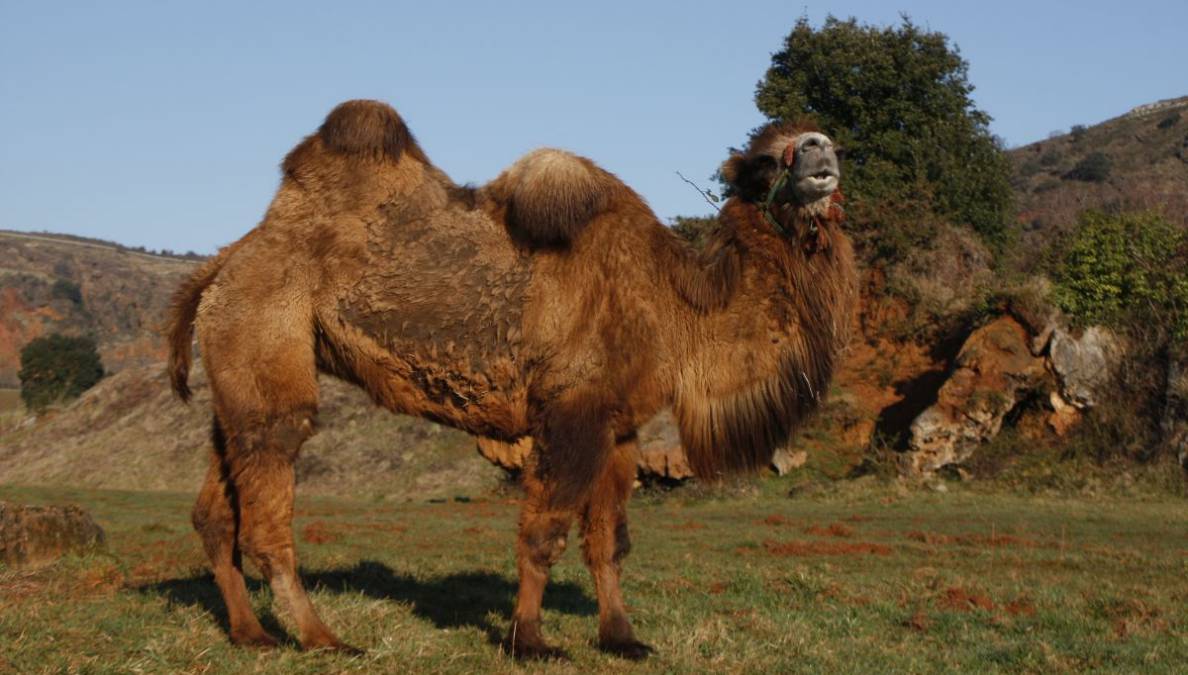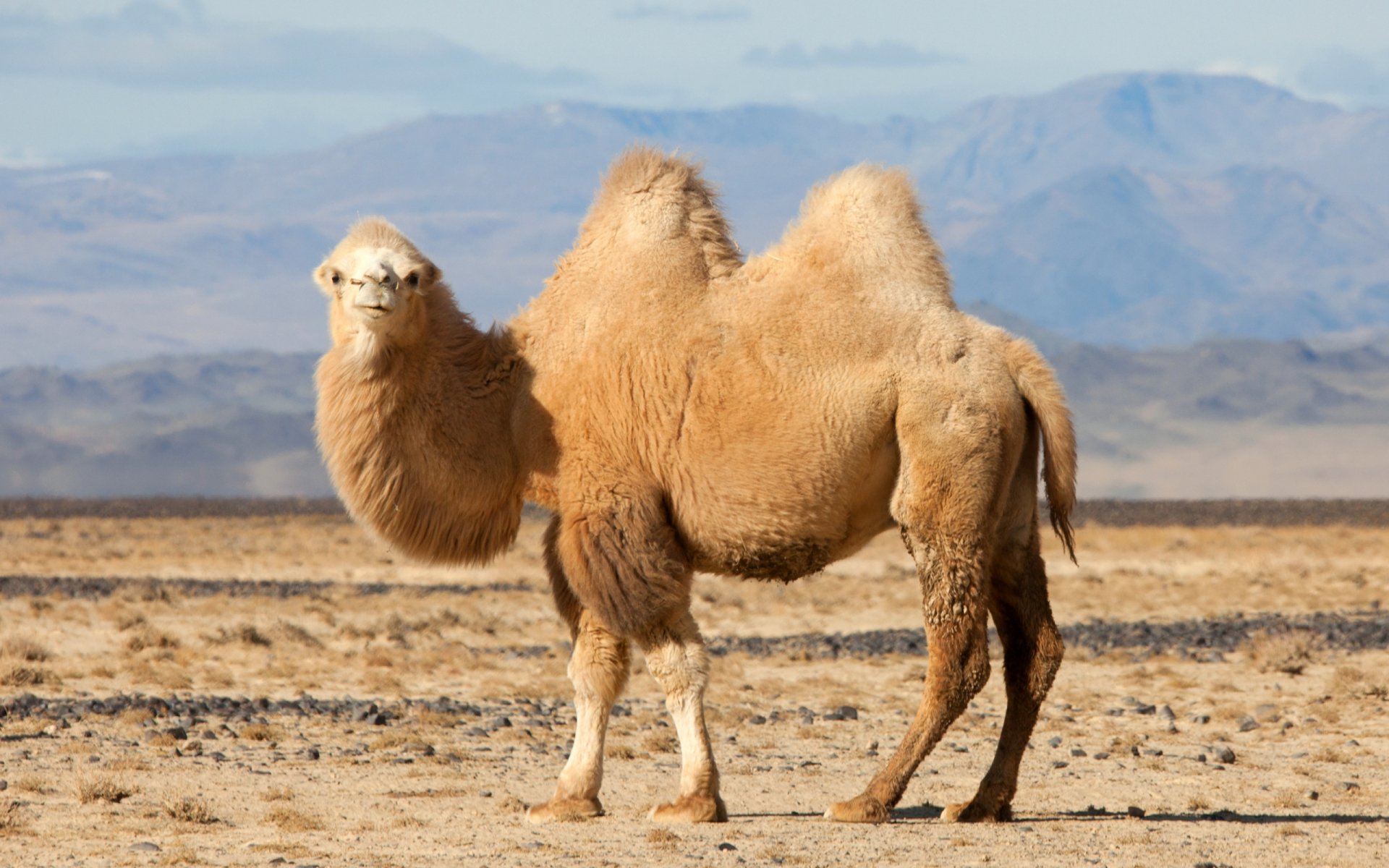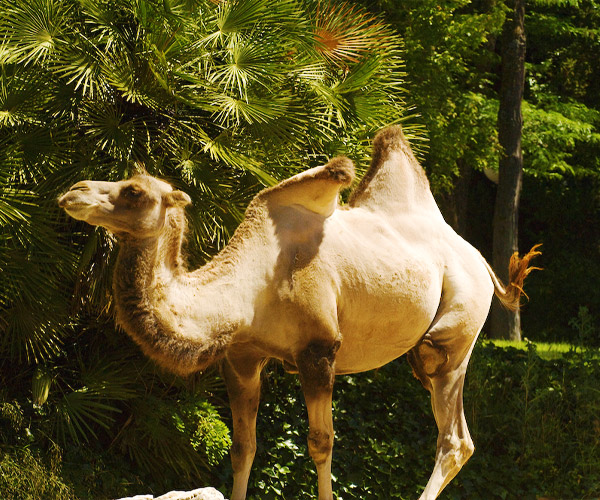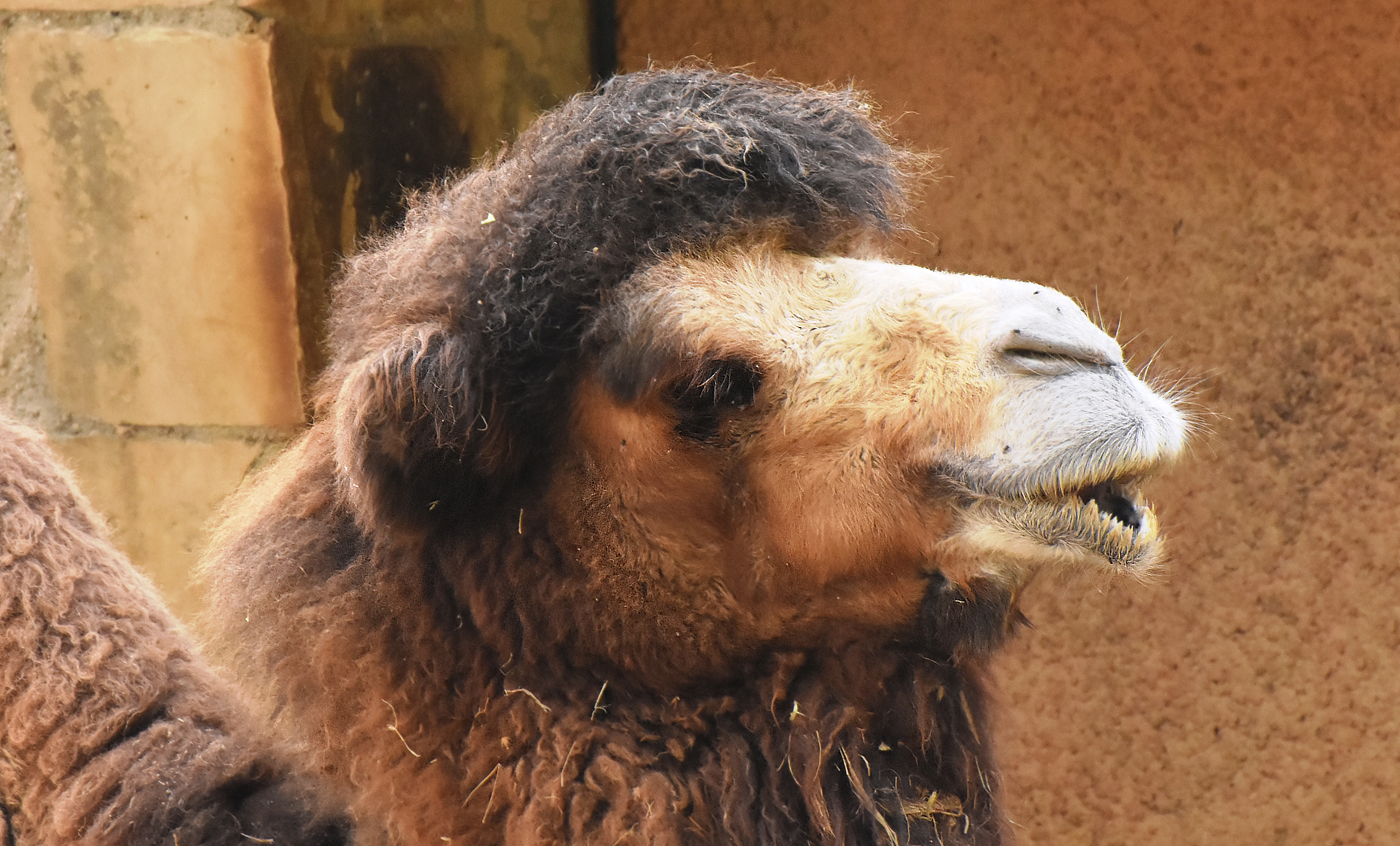
Camello bactriano En Peligro de Extinción [2022]
Dos jorobas nos indican que este es un camello Bactriano y no un Dromedario, el cual tendría solo una joroba. Both types of camels are strong and can survive in very hot and very cold places. Ambos tipos de camello son fuertes y pueden sobrevivir en lugares muy cálidos y muy fríos. MOBILE GUIDE STOP

El camello bactriano características, hábitat, reproducción y
La segunda especie de camello son los bactrianos, que fueron domesticados incluso antes, hace entre 4 y 6.000 años. Son nativos de Asia Central y tienen dos jorobas en lugar de una. Finalmente,.

Camello Bactriano Camello bactriano, Camello, Animales
Tidbits. *** The wild Bactrian camel is one of the world's rarest mammals. *** The habitat of wild camels is extremely harsh. A nearly lifeless land, its temperature may reach 60 - 70 deg C (140 - 160 deg F) in summer and -30 deg C (-22 deg F) in winter. To protect against these extreme conditions, the camel's long, narrow nostrils and dense.

The Bactrian Camel SNSH
Il cammello ( Camelus bactrianus Linnaeus, 1758) è un mammifero della famiglia dei Camelidi [1] . Alto circa 2 metri, diffuso in Asia centrale, è utilizzato per la carne, il grasso, il latte, la lana e come animale da trasporto. Indice 1 Etimologia 2 Descrizione 3 Distribuzione e habitat 3.1 Presenza in Italia 4 Il cammello selvatico 5 Biologia

El camello bactriano características, hábitat, reproducción y
The Bactrian camel ( Camelus bactrianus ), also known as the Mongolian camel, domestic Bactrian camel or two-humped camel, is a large even-toed ungulate native to the steppes of Central Asia. It has two humps on its back, in contrast to the single-humped dromedary. [a] Its population of 2 million exists mainly in the domesticated form. [2]

Bactrian Camel Facts, History, Useful Information and Amazing Pictures
El camello bactriano ( Camelus bactrianus) es un gran ungulado doméstico nativo de las estepas de Asia Central. Tiene dos gibas en la espalda, tal y como sucede con el camello salvaje ( Camelus ferus) en contraste con el dromedario ( Camelus dromedarius) que cuenta con una sola giba.

Bactrian Camel Fondos de pantalla HD y Fondos de Escritorio
Bactrian camels live not in shifting Sahara sands but in Central and East Asia's rocky deserts. Temperatures in these locales can become searingly hot—over 100°F in summer. Yet they can also.

Camello Bactriano Zoo Aquarium Madrid
The Bactrian camel (Camelus bactrianus) is a large, even-toed ungulate native to the steppes of Central Asia. The Bactrian camel has two humps on its back, as does the wild Bactrian camel (a separate species), but in contrast to the single-humped dromedary camel. Its population of two million exists mainly in the domesticated form. Their name comes from the ancient historical region of Bactria.

Bactrian Camel Facts, History, Useful Information and Amazing Pictures
The wild or Bactrian camel (Camelus ferus) is a highly mobile and impressive animal that can cross up to 75 km a day and their range reaches 12,000 km².They usually have two humps used for storing the fat that can be converted for water and energy, when necessary. The wild camel is also known to be highly adaptive species; for example, in some areas in the absence of fresh water they adapted.

Camello Bactriano En Las Estepas De Mongolia Foto de archivo Imagen
El camello bactriano ( Camelus bactrianus) es un gran ungulado doméstico nativo de las estepas de Asia Central. Tiene dos gibas en la espalda, tal y como sucede con el camello salvaje ( Camelus ferus) en contraste con el dromedario ( Camelus dromedarius) que cuenta con una sola giba.

Camello Bactriano En Las Estepas De Mongolia Foto de archivo Imagen
Camelus bactrianus - Taxon details on Integrated Taxonomic Information System (ITIS). ICZN 2003. OPINION 2027 (Case 3010). Usage of 17 specific names based on wild species which are pre-dated by or contemporary with those based on domestic animals (Lepidoptera, Osteichthyes, Mammalia): conserved. Bulletin of Zoological Nomenclature 60 (1): 81-85.

Camello bactriano Zoo Barcelona
En serio peligro de extinción en su hábitat salvaje , el camello bactriano es, de los camélidos del Viejo Mundo, el único que sobrevive actualmente en su estado natural, aunque actualmente solo están presentes en la región fronteriza entre China Occidental y Mongolia.

Bactrian camel mammal Britannica
Scientific Name Camelus Bactrianus Read our Complete Guide to Classification of Animals. Bactrian Camel Conservation Status Endangered Bactrian Camel Locations Asia Bactrian Camel Facts Main Prey Seeds, Grass, Thorny Shrubs Distinctive Feature Thick fur and two humps Habitat

FileBactrian.camel.sideon.arp.jpg Wikimedia Commons
The wild Bactrian camel (Camelus ferus) is a critically endangered species of camel living in parts of northern China and southern Mongolia. It is closely related to the domesticated Bactrian camel (Camelus bactrianus). They are both large, even-toed ungulates native to the steppes of central Asia, with a double hump (small and pyramid-shaped). Until recently, wild Bactrian camels were.

El camello bactriano características, hábitat, reproducción y
The Bactrian Camel (Camelus bactrianus) is a large even-toed ungulate native to the steppes of eastern Asia. The Bactrian camel has two humps on its back, in contrast to the dromedary camel which has one and are rugged cold-climate camels. Bactrain Camels have two coats, the warm inner coat of down and a rough outer coat which is long and hairy.

Bactrian camel Stock Image
El camello bactriano es un animal grande, y a menudo se confunde con otras especies de camellos. Esta especie en particular tiene dos jorobas, lo que ayuda a reducir la confusión sobre a qué grupo pertenece, fue el camello que los egipcios utilizaron en el transporte de personas y mercancías en la antigüedad.